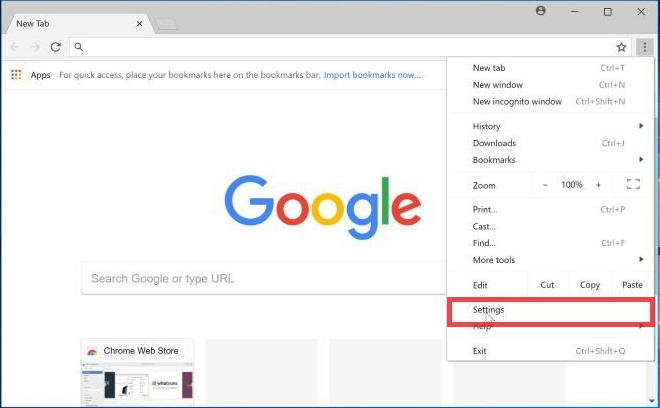

Nowadays, most browsers include a pop-up blocker, though there is plenty they won’t block: many websites have legitimate pop-ups. To do the same in Google’s Chrome browser, click the hamburger icon and select Extensions. While you have the page open, check the Plugins section as well. Each add-on has buttons for Options, Disable and Remove. To check your add-ons and extensions in Firefox, click the hamburger icon (three horizontal lines) at the top right and select Add-ons from the drop-down menu. You have to examine each and every tab to make sure it’s not removing something important. It has a lot of tabs – for services, folders, files, DLLs, shortcuts, scheduled tasks, the registry, Firefox, Chrome etc – and it marks everything it finds for removal. Make sure you only download AdwCleaner from a reliable source such as MajorGeeks or Bleeping Computer. As with some other products, there’s a fake version of AdwCleaner that asks for money to remove adware: the genuine version does not. This is why I often recommend running one-off scans with Malwarebytes Anti-Malware (MBAM), which is very good at finding and removing PUPs.Īfter running MBAM, you can run Xplode’s AdwCleaner, which targets adware, toolbars and other browser invaders. You’re already running the AVG anti-virus program, but apparently it hasn’t stopped at least one adware program from being installed. Just do enough to reduce the problem to an acceptable level. You don’t have to do all the things mentioned below.

Second, use browser extensions to block the unwanted pop-ups and advertisements. First, remove any malware or adware from your PC. Getting rid of unwanted pop-ups and ads is a two-stage process.


 0 kommentar(er)
0 kommentar(er)
